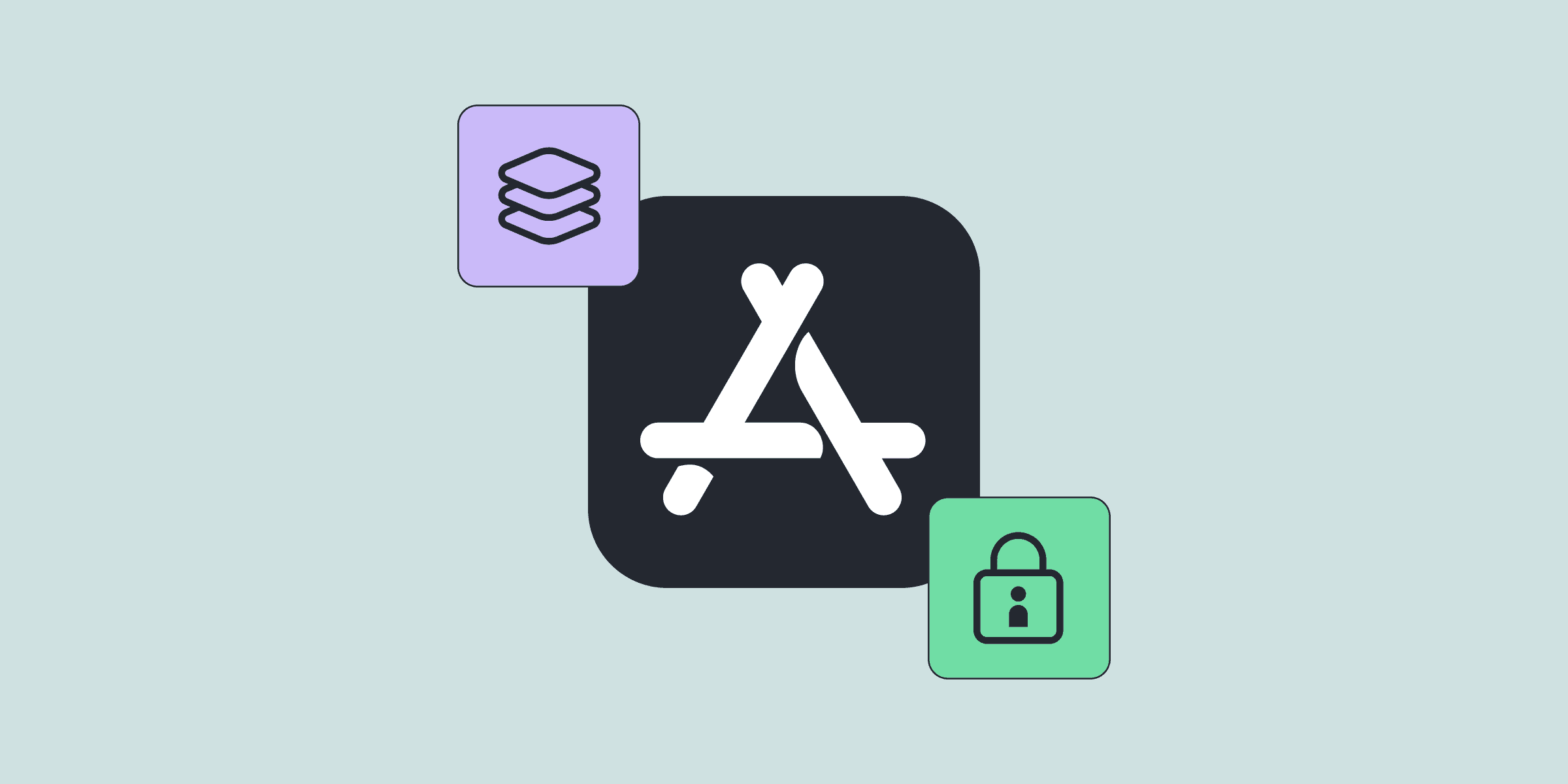A Deep Dive into StoreKit 2 Capabilities
A Deep Dive into StoreKit 2 Capabilities

Suren

Suren
Jun 30, 2021
Jun 30, 2021
During WWDC21, Apple announced many exciting product features, and StoreKit 2 is one of the most significant updates. In-app subscriptions have become the most popular monetization method that generates billions of dollars in revenue for Apple and thousands of mobile app developers. Developers have earned $230 billion through the App Store since its launch, with the biggest chunk of that revenue coming in the last few years.
That makes in-app purchases a particular focus of Apple and Google. Just last year WWDC20 presented StoreKitTransactionManager with a .storekit file that simplifies the process of in-app purchases testing. We have been waiting for this update since iOS3. And the next updates were not long in coming.
This article will cover what’s new in StoreKit 2 and discuss the difference between the updated framework and its previous version – StoreKit.
Before we jump into StoreKit 2 overview, let’s briefly cover what was wrong with the previous StoreKit.
During WWDC21, Apple announced many exciting product features, and StoreKit 2 is one of the most significant updates. In-app subscriptions have become the most popular monetization method that generates billions of dollars in revenue for Apple and thousands of mobile app developers. Developers have earned $230 billion through the App Store since its launch, with the biggest chunk of that revenue coming in the last few years.
That makes in-app purchases a particular focus of Apple and Google. Just last year WWDC20 presented StoreKitTransactionManager with a .storekit file that simplifies the process of in-app purchases testing. We have been waiting for this update since iOS3. And the next updates were not long in coming.
This article will cover what’s new in StoreKit 2 and discuss the difference between the updated framework and its previous version – StoreKit.
Before we jump into StoreKit 2 overview, let’s briefly cover what was wrong with the previous StoreKit.














